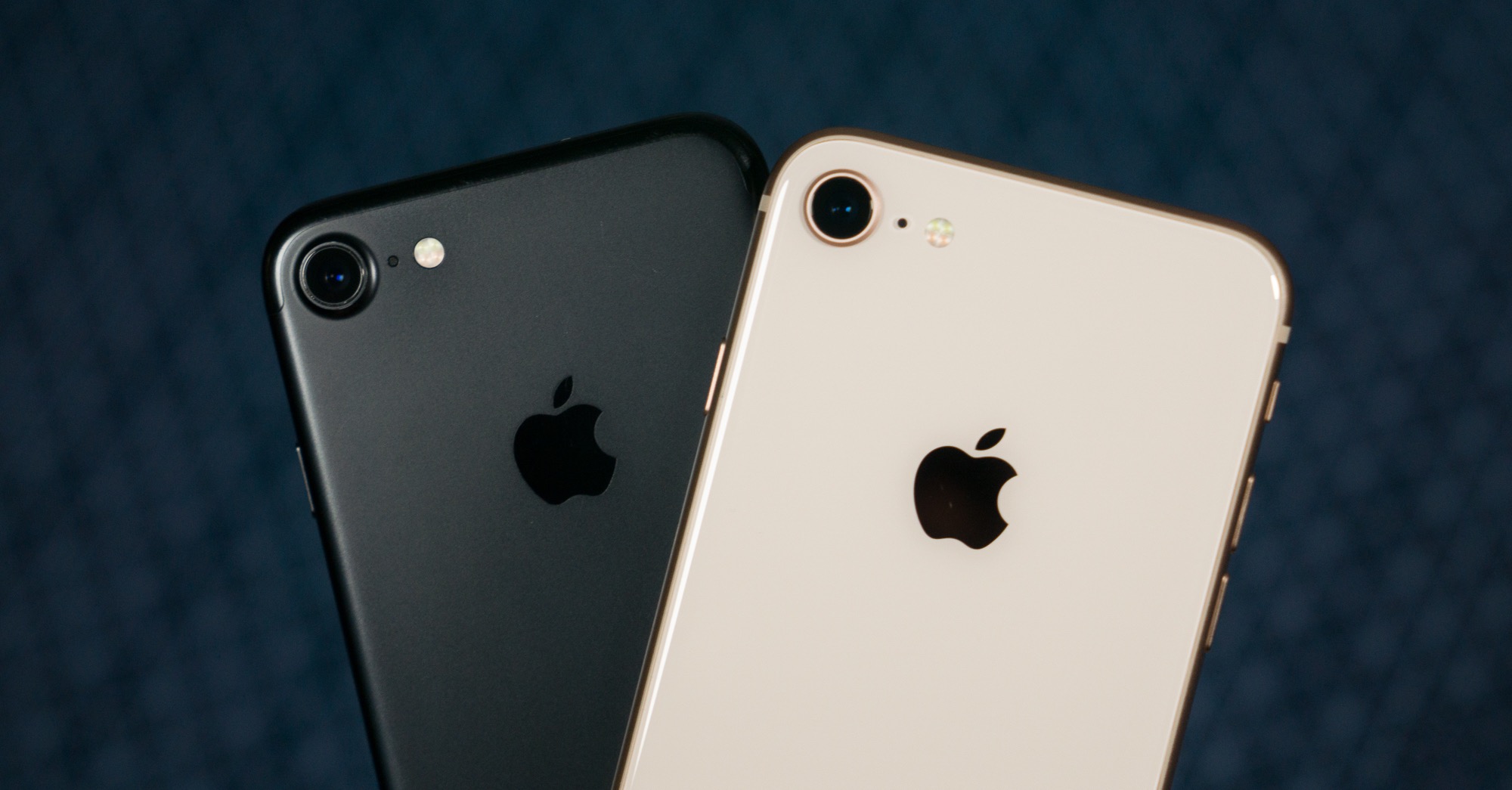Ever since 2011, when the iPhone 4S made its debut, Apple has always introduced new iPhones in September. According to analyst Samik Chatterjee from JP Morgan, the strategy of the Californian company should change in the coming years, and we should see new iPhone models twice in one year.
Although the mentioned speculation may seem highly improbable, it is not completely unrealistic. In the past, Apple has presented the iPhone several times other than in September. Not only did the first models have their premiere in June at WWDC, but also later in the first half of the year, for example, the PRODUCT(RED) iPhone 7 and also the iPhone SE were shown.
Apple should do the same this year. It is expected that second generation iPhone SE will be shown in the spring, probably at the March conference. In the fall, we should expect three new iPhones with 5G support (some of the latest speculations even talk about four models). And it is precisely this strategy that Apple should follow up on in 2021 and divide the introduction of its phones into two waves.
It could be interest you

According to JP Morgan, two more affordable iPhones should be introduced in the first half of the year (between March and June) (similar to the iPhone 11 now). And in the second half of the year (traditionally in September), they should be joined by two more flagship models with the highest possible equipment (similar to the iPhone 11 Pro / iPhone 11 Pro Max now).
With a new strategy, Apple would jump on a similar cycle practiced by Samsung. The South Korean giant also presents its flagship models twice a year – the Galaxy S series in the spring and the professional Galaxy Note in the fall. From the new system, Apple is said to be promising to moderate the decline in iPhone sales and significantly improve financial results during the third and fourth fiscal quarters of the year, which are usually the weakest.

source: Marketwatch
It's not about how often, but what. And that, unfortunately, has been a total mess for several years. Next to the competition, these are necessary socks.
Sure ???
It was very profitable for the successful company Microsoft to change its product twice a year, so should Apple be inspired?? Maybe I'm doing it so that iPhones without the Pro moniker don't look like poor relatives next to the "Pro" version. So better sales...?